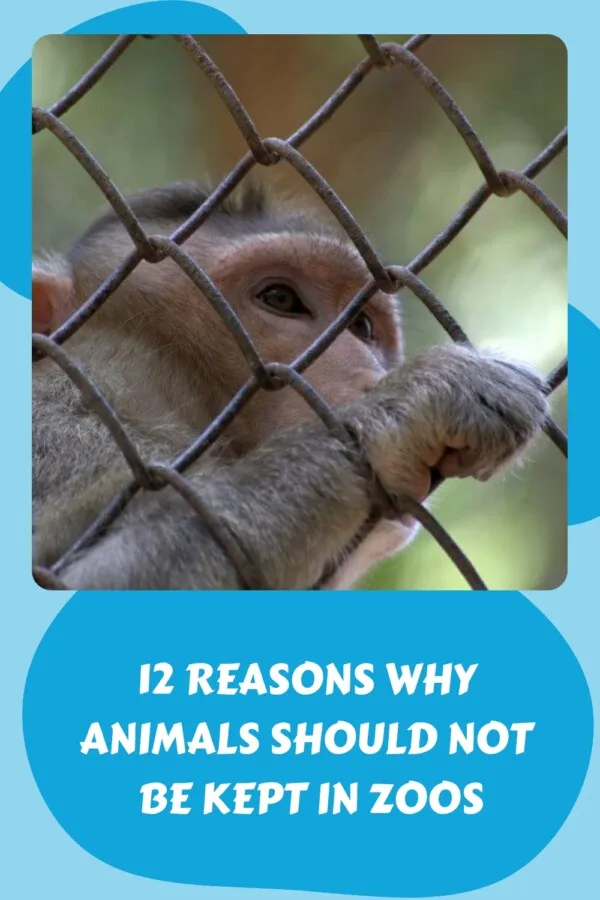Taking your family for a day out at the zoo has been a sort of tradition for a very long time, and given recent statistics, the number of visitors is growing. Here’s why animals should not be kept in zoos or captivity.
There are many zoos, 421 zoological gardens and aquariums, and a 2.9% business growth this year. In the past five years, the number of zoos has gradually increased. But is there a reason why animals should not be kept in zoos? Keep on reading.
Reasons why zoos are bad for animals
Most people aren’t always comfortable seeing animals that are kept in zoos. This is due to the inhumane conditions that these animals are forced to endure. Below are a dozen reasons why zoos can be bad for animals:
1. Lack of Sufficient Space
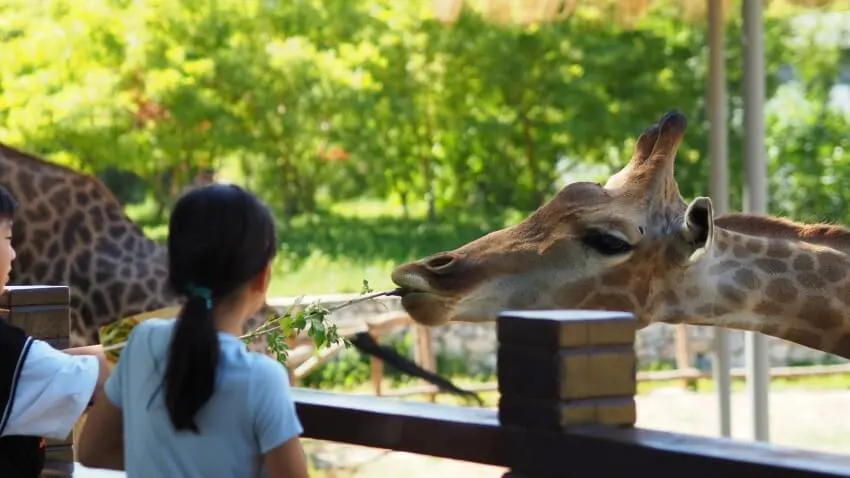
No matter how dedicated a zoo is, it can’t meet the space requirements for most of its animals. Animals such as lions, elephants, and tigers don’t get even close to one percent of the area they roam in the wild.
They normally find themselves locked in cages and only released into an artificial habitat when visitors visit the zoo. On top of that, the animals don’t have much freedom, even in these tiny spaces they are forced to live in. Even if the animals are being fed well, the lack of freedom can cause them to be stressed.
For example, the typical enclosure designed for a polar bear is about a million times smaller than its former natural habitat and roaming grounds. This can make the animals neurotic, causing them to start biting bars, pacing repetitively, and swaying.
See Related: War and the Effect on Wildlife
2. Unnatural Environments
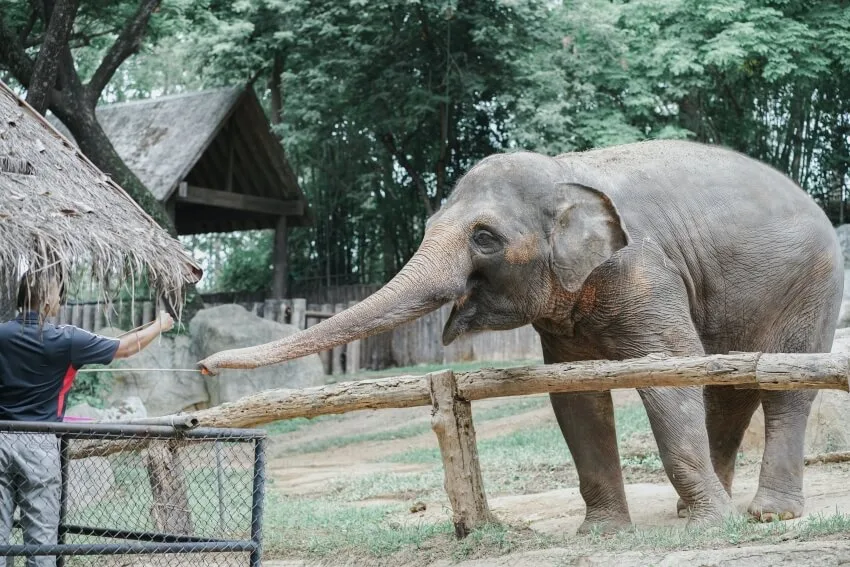
Some animals are quite intelligent, so keeping them captive should never be an option. The environment that these animals are kept in isn’t natural to them –more so, the animals that are taken from the wilderness and kept in zoos.
Though some zoos plan on reintroducing the animals into the wild after a while, living in zoos makes it impossible for some animals. For example, a lion might have difficulty adjusting to hunting for its meals after spending years being fed and lazing around.
Here’s a table illustrating the different types of animals and the corresponding impact of lack of space or non-proper environments:
| Condition | Animal Affected | Observed Behavior | Potential Psychological Impact |
|---|---|---|---|
| Lack of space | Tigers, Lions | Pacing back and forth | Stress, frustration |
| Unnatural environments | Polar Bears | Swimming in small circles | Stereotypic behavior, anxiety |
| Inadequate social groups | Elephants | Isolation, aggression | Depression, loneliness |
| Lack of enrichment | Primates | Self-mutilation | Boredom, psychological distress |
| Poor nutrition | Various | Refusal to eat, lethargy | Malnutrition, health decline |
| Small enclosures | Birds | Feather plucking | Stress, compulsive behavior |
| Excessive noise | All animals | Startling, hiding | Anxiety, fear |
| Lack of privacy | Big Cats | Hiding, aggression | Stress, discomfort |
See Related: Animals That Start With I
3. Altered Behavior
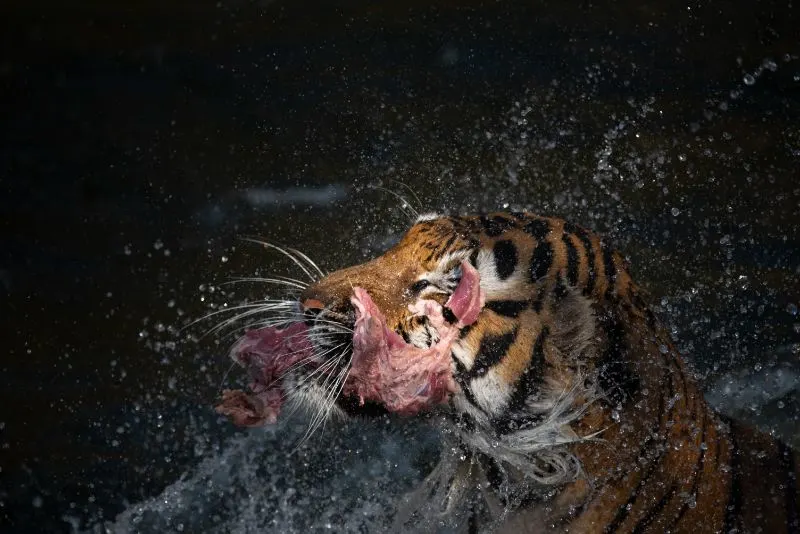
Wild animals have certain behaviors that are uniquely influenced by their environments. Taking an animal –a big cat- into an enclosed habitat when she can’t hunt for herself can harm her life skills.
When big predators are brought up on dead meat and never have to hunt for themselves, mingle with the prey they can’t hunt, and entertain humans with tricks, they get further from their natural behaviors.
Lack of learning valuable animal life skills such as hunting and social structures eventually alters the animal’s behavior.
This alteration of the animals’ behavior will eventually do more harm than good. Reintroduced animals have a hard time coping with life in the wild after long periods away.
See Related: What Is The Hunter’s Role in Wildlife Conservation?
4. Poor Living Conditions
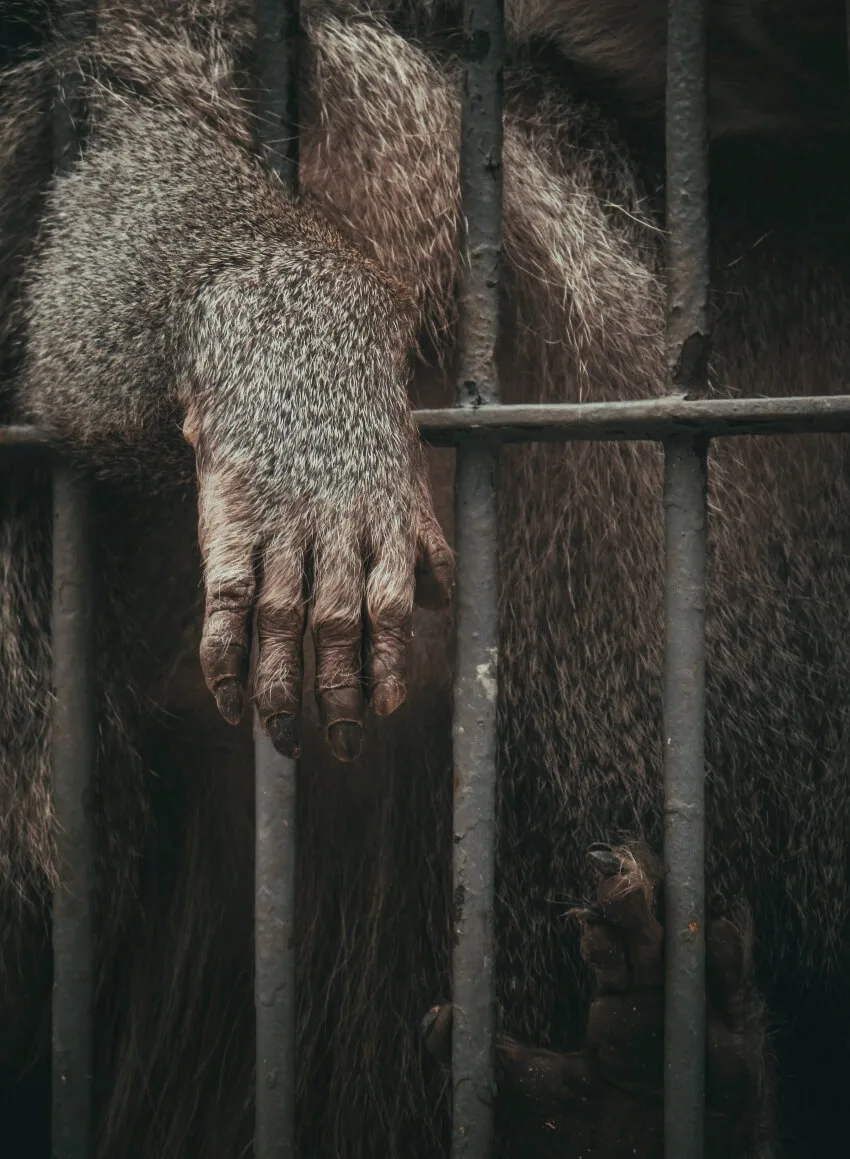
Though the zoo’s business has grown from what it was over a century ago, there are still some things that can be improved. Animals are forced to live in artificial habitats that aren’t anywhere close to their former homes (the wild). Their sleeping quarters can get overcrowded, leading to the animals harming each other.
Their lives in captivity can be harsh, especially when the animal has been completely removed from its social structures. The confined living areas are a big contributor to animal stress and lack of physical stimulation, which would be gained from a nice sprint.
See Related: Most Comfortable Animals in The World
5. Short Lifespan
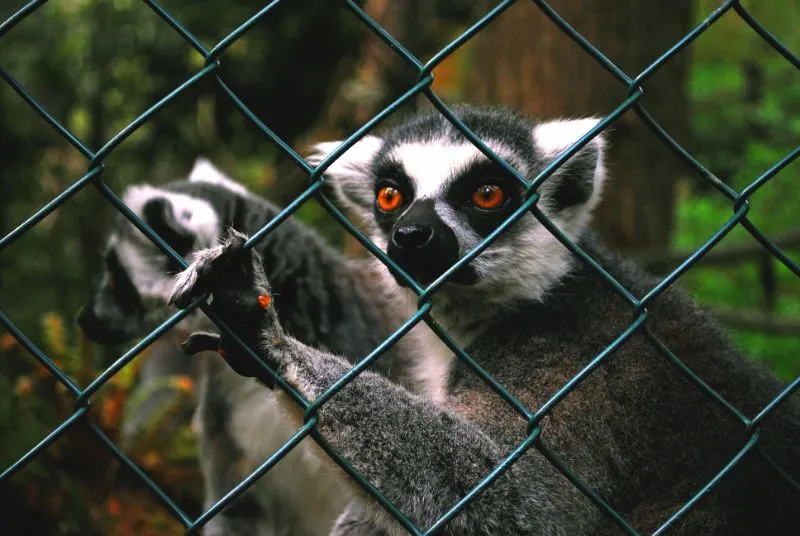
Life expectancy for animals in captivity depends on a couple of things, such as their way of life and habitat conservation, among other factors. For example, smaller and faster animals with many predators in the wild tend to thrive in zoos. Slow animals with minimal to zero predators, like elephants, have brief life spans in captivity.
Life expectancy is controlled by most animals’ mental and physical health. Even though they might be getting enough food, if your animals are not okay mentally, they might still not live to their full potential.
See Related: Best Wildlife Conservation Jobs
6. Zoos are Unethical
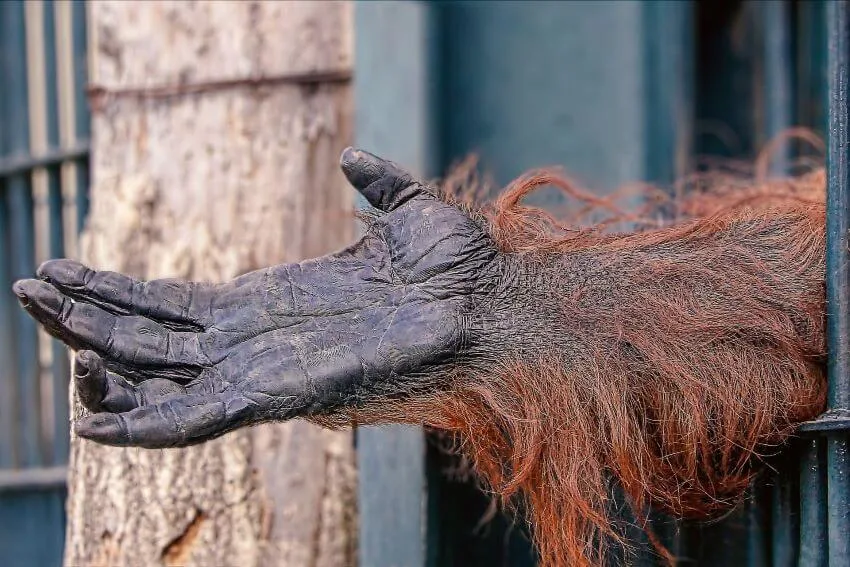
Humans have no right to hunt and lock up animals for our enjoyment. Animal rights activists argue that hunting, capturing, and putting animals on display is unethical.
The animals, too, have rights, and they shouldn’t be subjected to half the things they undergo. Animals are stressed when they get separated from their packs or herds, especially when they end up as the only one of their kind in their new homes.
When an animal is not on the endangered list, capturing it doesn’t serve any purpose to the animal. Capturing animals –even smart ones like apes, for amusement shouldn’t be happening anywhere. Even though animals behave themselves without a consciousness (we know of), animals are alive and should be treated as such.
See Related: Are Humans Animals? Things to Know
7. Insufficient Knowledge of animals
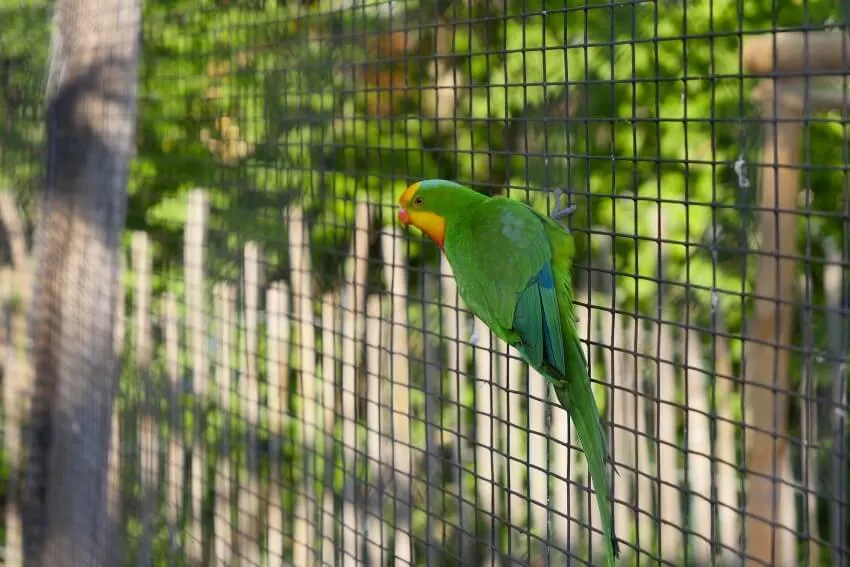
Some sad facts about zoos are that, at times, the people hired to care for and protect these animals aren’t qualified. Cleaners and feeders spend a lot of time with the animals, and understanding the situation one is getting into can be very helpful.
It can be problematic when the caretakers are not well-informed about the animals they will care for. This is how animals get physical and psychological scars from abuse. If an untrained zookeeper comes across a stubborn animal, they might hurt it if they are impatient.
See Related: Endangered Species in Oklahoma
8. Cruel Treatment by Zookeepers
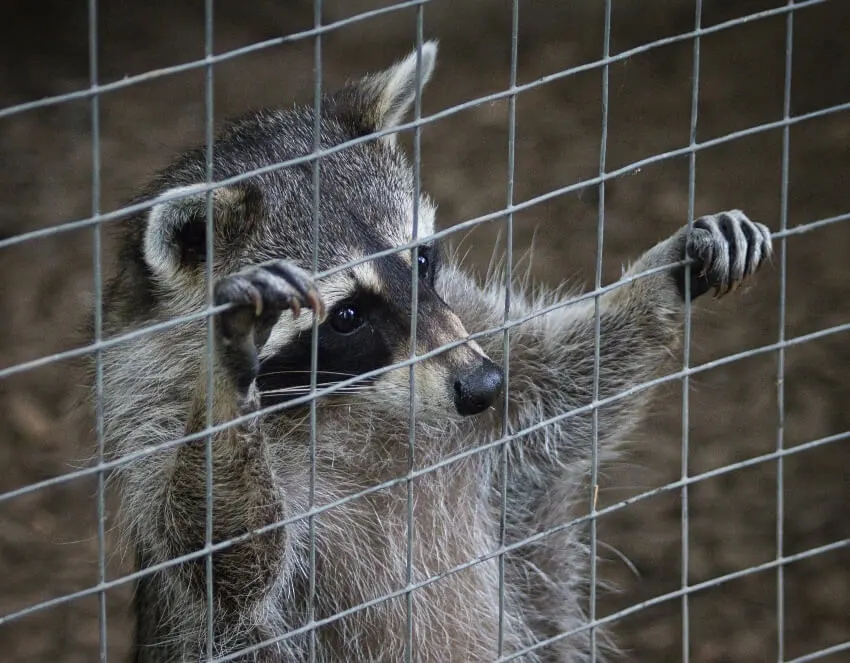
Zoo animals sustain both physical and psychological scars from harsh zookeepers. However, suffering doesn’t have to be physical; boredom, confinement, and stress can cause an animal a lot of suffering.
Even when properly fed and “well” housed, captive animals can never fully relax in confined spaces—especially animals like lions that are used to roaming vast distances in the wild in search of food.
Caring for animals full-time requires someone who is informed about treating animals well and cares about them. It’s zookeepers who aren’t fond of animals that go around hurting animals even when they haven’t been provoked. The worst ones are the malicious keepers who enjoy hurting animals in captivity.
See Related: Best Books on Endangered Species
9. Surplus Animals Killed and Sold Off
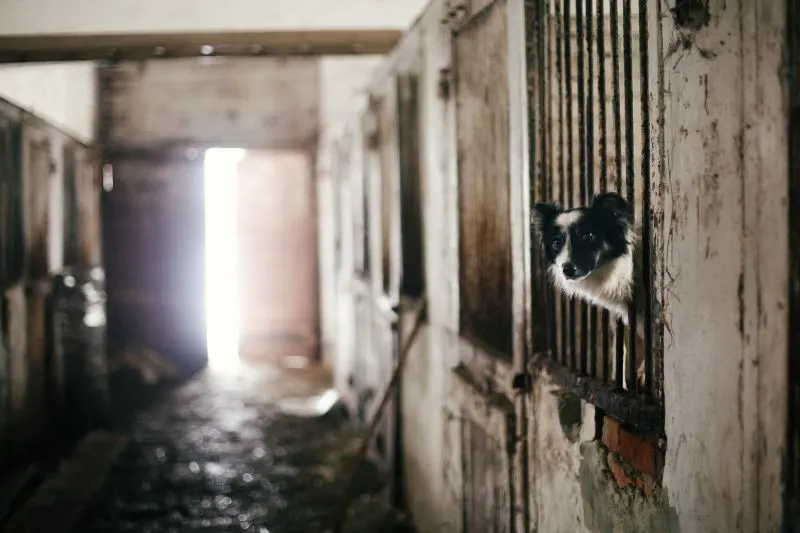
Breeding programs in zoos eventually lead to some animals being sold to other zoos or circuses. The allure of baby animals and the crowds they pull can lead a zoological garden director to increase the number of them to keep attracting customers.
Sadly, once the small animals outgrow their “cute” phase, the zoo has to eliminate them since feeding and housing them all can get expensive.
The surpluses are then sold to zoos, aquariums, or circuses. However, they might face death when the animals being culled aren’t in demand. This is a cheaper option than moving them back into the wild.
See Related: Importance of Wildlife Conservation
10. Working with Circuses
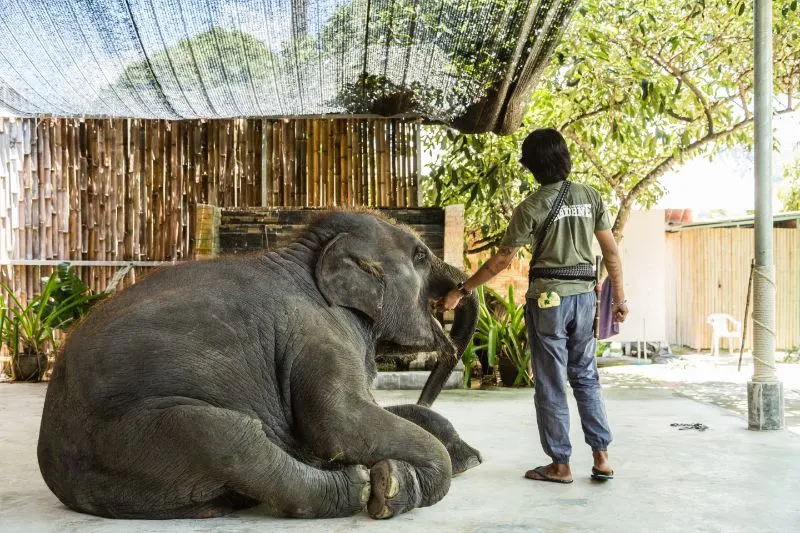
For the unlucky ones that end up in the circuses, they are always in for a wide awakening. The process of training an animal is a long and brutal one.
It gets even worse for the animal if the trainer is impatient. The poor beast will endure beatings over commands they don’t understand. Here is an example of how harsh it can get when an animal is trained to perform tricks.
The statistics on the number of big cats alone that have died in captivity between 1990 and 2021 is 126. And this is not a definite number of victims; there is probably a good number that hasn’t been documented.
See Related: Best Conservation Posters
11. Breeding
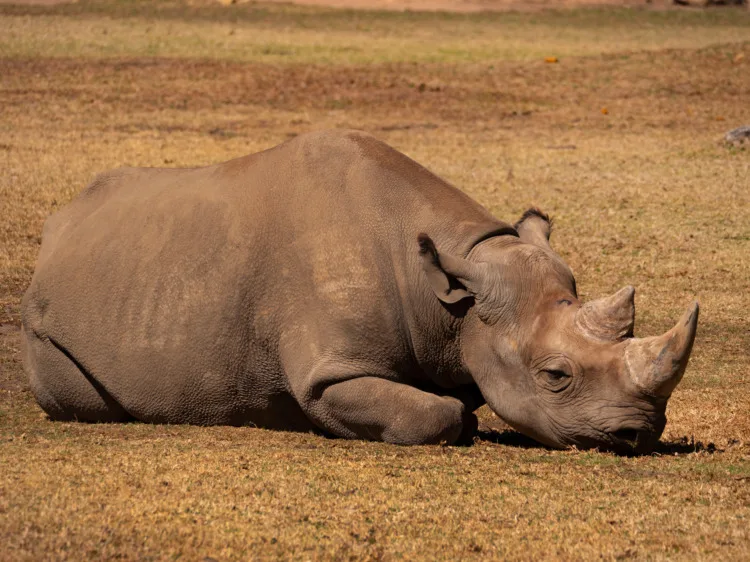
Though breeding endangered animals to help increase their numbers back in the wild is great, some problems come with it. Understanding the optimal requirements for the reproduction of certain animals can be difficult. This could cause problems for the animal.
Animals also lose their genetic diversity, especially due to inbreeding. Genes evolved to help the animal adjust to a man-made habitat, which can be a downside to the populations of the species in the wild.
When you breed animals in captivity, some cannot sustain themselves in the wild and their natural habitats. This could pass on these genes –dooming the whole species in that region.
See Related: Endangered Species in California
12. Profits and lack of Regulations
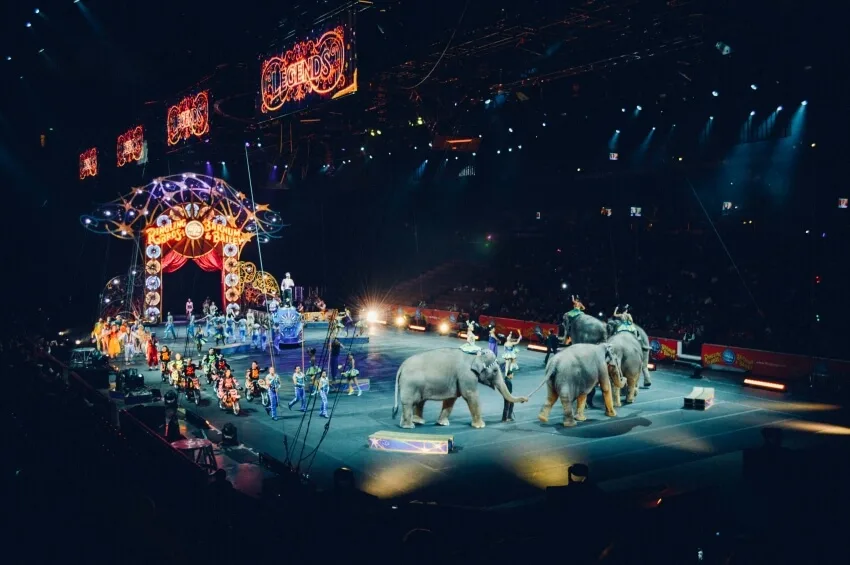
Zoos are built as a source of income for some. The owners of such zoos are focused on maximizing profits even at the animals’ expense. They are not investing enough to save money when designing a habitat for their animals. Zoos spend millions on building stages and extravagant facilities rather than investing in creating a realistic natural habitat for their young animals.
Since most countries don’t have any regulations on handling animals in zoos, these business people can do whatever it takes to make the most profits possible. Profits are also gained by selling captive animals to other zoos or circuses.
See Related: Different Animals That Can’t Jump
Do zoos have any negative effects on the environment?
Zoos can be productive when reviving an animal species on the brink of extinction. This isn’t always guaranteed since the breeding practices could be insufficient or even produce animals unsuitable for survival in the wild.
When it works out, breeding endangered animals has positive results that can be felt even in the human kingdom. However, zoos have some environmental disadvantages, ranging from species overpopulation to global warming.
See Related: How Similar is Human DNA to Other Animals
Negative Environmental Complications
People are always attracted to exotic animals such as grizzlies, lions, wolves, tigers, and alligators. The problem is that these large predators control the vast majority of the population of herbivorous animals in their domain. This can have huge negative effects on the environment in many ways. For example, if the number of lions is drastically reduced in an area, their prey will thrive.
An increase in the populations of herbivorous animals such as deer and buffalos isn’t good, especially not for the vegetation and ground cover.
Deforestation will be the next problem when animals such as moose, elks, and deer start eating everything, even young trees. This becomes a major blow to the biodiversity of the affected region.
Once the ground has no coverage, soil erosion will be the next step. When it rains, the topsoil gets washed away, exposing the land.
Lack of trees to rain will then lead to less and less vegetation and eventually draught in the area which will force the surviving animals to migrate to areas with better conditions.
The lack of enough vegetation will lead to global warming due to less carbon in the atmosphere. Climate change has become a very real threat for the next and even current generations.
See Related: Animals That Have Become Extinct in the Last 100 Years
What is a Zoo?
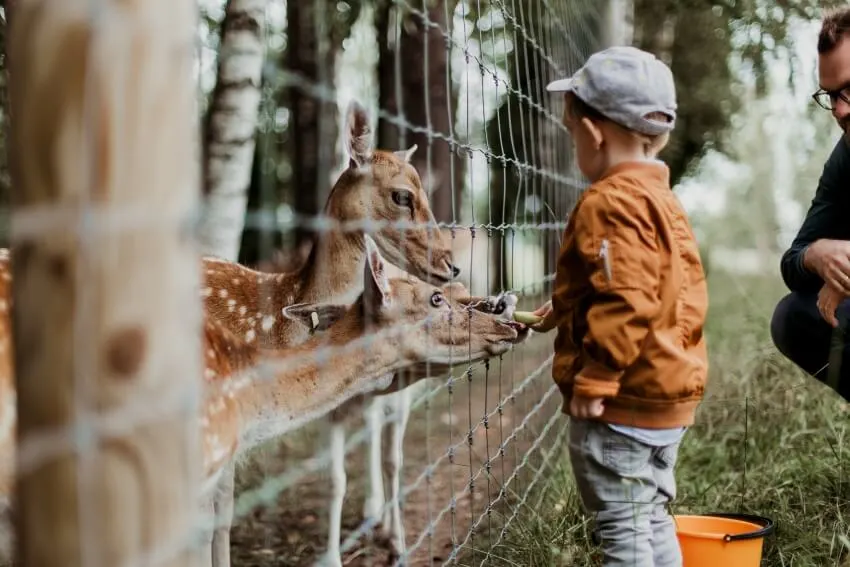
A zoological park is designed for conservation, study, and public display. The first modern one was opened in Paris, France, in 1793. Older menageries existed in Mesopotamia as far back as 2500 BCE.
The idea of conserving and breeding animals at risk of going extinct is great; the problem is that not all zoos live up to it. Most zoos don’t focus on the educational aspect of zoos; the animals are mainly kept for amusement.
What are some benefits of having zoos?
Animals have been going extinct for as long as there has been life on earth–any weakling or disadvantageous animals get wiped out. Zoological gardens have been working to help ensure that endangered species are given another chance to thrive over time.
Caring for the said animals, away from their predator, will protect them and give their species a chance to repopulate. Unlike in the wild, where these endangered species worry about staying safe, they get cared for in these breeding programs.
Students and the general public get to learn about different species of animals. This can lead to appreciating other animals and seeing them treated much better.
They are used to collect exotic pets from owners who are looking to get rid of them. This gives the poor pets a home and creates a revenue stream for the zoos.
See Related: Animals With the Best Sense of Smell
Is there hope for animals in zoos?
Zoological park associations were formed to keep zoo owners on their toes. Zoos are held to their word of conserving animals and releasing them back into the wild when ready.
An example of these associations is the Association of Zoos and Aquariums (AZA) which represents over 240 businesses across the globe. The Zoological Association of America also operates in the United States.
These associations ensure that members treat their animals with a high standard of care and follow any guidelines they provide. Such as ensuring animals aren’t caged and treated less than they deserve. Sadly, most of these associations end up protecting the interests of their members and not the animals they should be protecting.
What animals should not be kept in zoos?
Keeping wild animals in zoos is controversial, and there is no definitive answer about which animals should or should not be kept in captivity. It is generally known that animals that require large territories to roam are highly intelligent and have complex social structures.
They should not be kept in zoos but should be in their natural habitats. For example, elephants, big cats, and primates are often cited as animals that do not thrive in zoo environments due to their need for space, social interaction, and mental stimulation.
FAQs
What are the negative effects of zoos on animals?
Zoos are facilities that keep animals in captivity for public display and entertainment. The negative effects of zoos on animals include physical and psychological harm, limited space and social interaction, and increased risk of disease and premature death.
Studies have shown that zoo animals often exhibit abnormal behaviors such as pacing, self-mutilation, and aggression, which indicate stress and frustration caused by their confinement.
Is it morally wrong to keep animals in zoos?
Keeping animals in zoos is a topic that raises ethical concerns. While some argue that zoos help protect endangered species, others believe it is morally wrong to keep animals in captivity for human entertainment.
Additionally, studies have shown that zoo animals often suffer from stress, lack of proper care, and restricted living conditions.
Why should animals not be kept in zoos?
Keeping animals in zoos is confining wild animals in captivity for public exhibition. Animals should not be kept in zoos because it can lead to physical and psychological problems for the animals, such as increased stress and aggression, as well as decreased life expectancy.
Additionally, zoos often fail to provide animals with adequate space, nutrition, and socialization, which can further contribute to their poor health and well-being.
Why zoos should exist?
Zoos should exist because they are vital in conservation efforts and education. Zoos provide a haven for endangered species and help to prevent their extinction. Additionally, zoos offer a unique opportunity to learn about animals and there, promoting conservation and awareness.
Related Resources
- Animals That Start With X
- Why Do Animals Like Being Pet?
- Ways to Save Animals Facing Extinction
- Animals That Start With V

